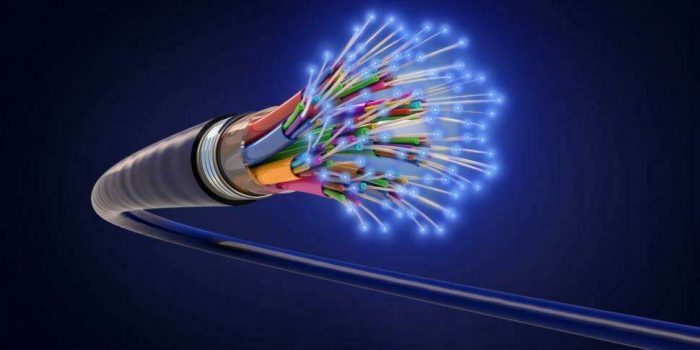Engineers at the National Institute of Information and Communication of Japan (NICT) have found a way to use the existing infrastructure today to develop an optical fiber that can reach a speed of 1.02 petabits per second on a 51.7-kilometer cable. For comparison, this is 127.5 terabytes of data that pass through the fiber every second. According to the researchers, the speed they reached could allow the transmission of “10 million video channels at 8K per second.”
The researchers used the technology that exists today in the fiber that transmits information to homes around the world and customized it to enable the tremendous transmission of information that they have achieved. The researchers took a standard-diameter cable (0.125 mm) and inserted four cores into it, which are four thinner cables.

The researchers were able to reach a bandwidth of more than 20 terahertz by using a technology called wavelength division multiplexing (WDM), which enables the transmission of optical signals at different wavelengths within a single optical cable. By transmitting the signals at four different wavelengths, the researchers were able to significantly increase the data transmission capabilities of a standard cable.
Although the researchers at the Japanese Institute broke the record, it is a “modest” jump relative to the previous record, which the institute also held, of 1 bps transfer from November 2020. The significant improvement compared to the researchers’ achievement from 2020 is, as mentioned, that the researchers now managed to break the record with the same infrastructure as that used today (at least in part) by the end consumer.

The previous achievement was achieved by researchers using technology that included sending several signals mixed on an optical cable, while “eliminating the confusion” of signals and gaining access to the information they transmitted at record speed could be done with dedicated hardware in the form of chips installed along the network. This is an expensive and comprehensive upgrade that becomes unprofitable and, therefore, less relevant to end consumers.
Researchers say the transmission capacity still has room for improvement by expanding the frequency band.


